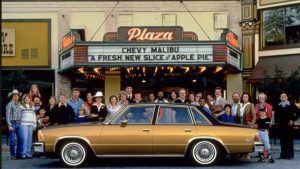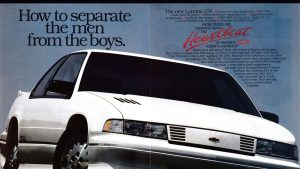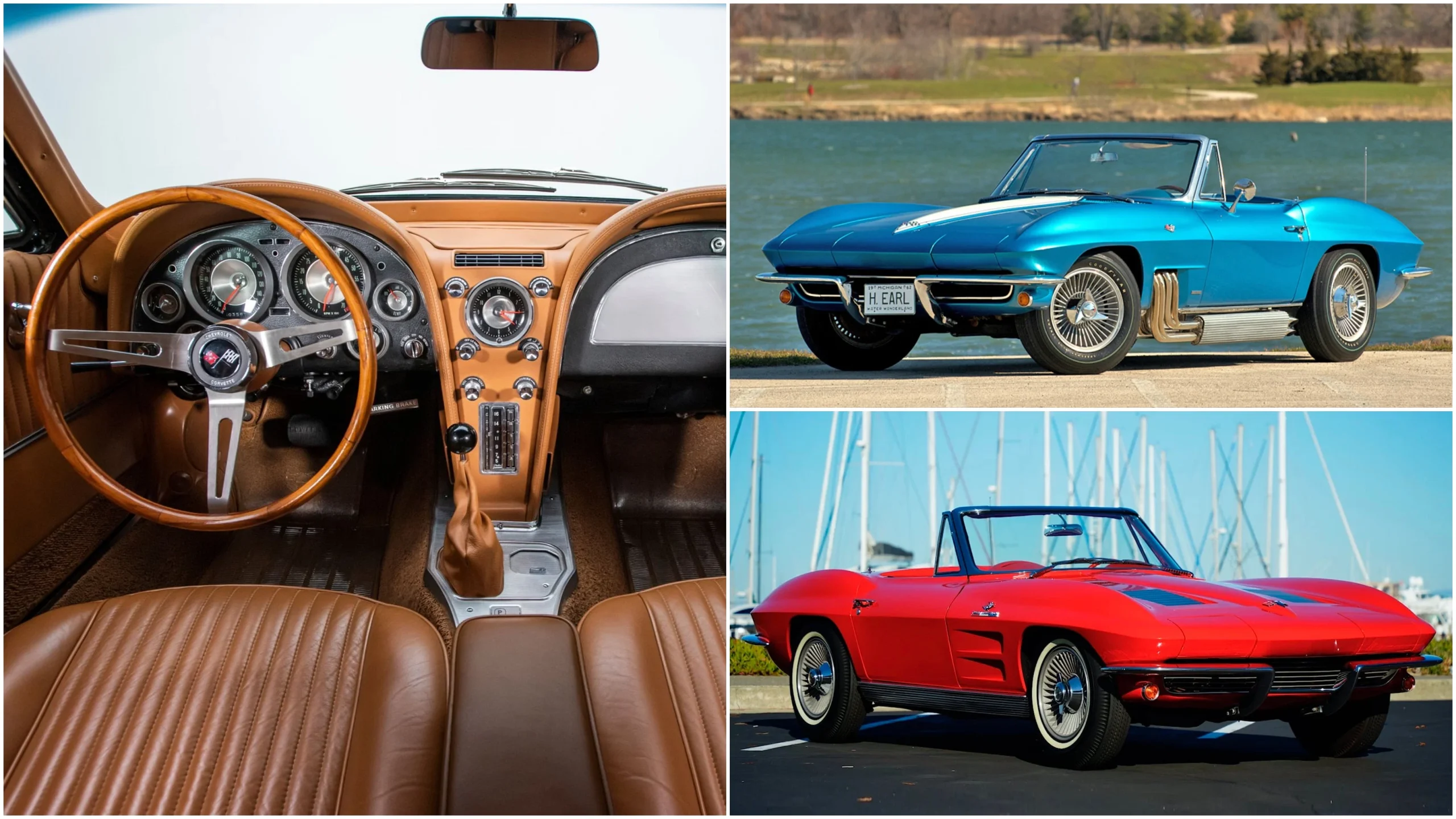
For decades, automotive lovers have adored the Chevrolet Corvette Stingray. Its inspiration came from the 1959 Stingray Racer concept, which later served as the basis for the 1963 second-generation (C2) Corvette Stingray. The 1963 Stingray attracted notice for its exceptional performance and design in addition to its distinctive split back window, which was shared by certain other vintage automobiles of the time. Although the 1963 Stingray is frequently linked with the split rear window, there is much more to love about this classic vehicle. A real sports car with the potential to compete with European GT cars, it included cutting-edge innovations that wowed test drivers.
The Stingray was a well-rounded alternative because it blended thrilling performance with a comfortable driving experience.
The Corvette Stingray has earned a prestigious reputation in the automotive industry over time. The reasons for its ongoing popularity are its sleek and aggressive design, strong engine selections, and agile handling. The Stingray embodies both power and style, capturing the essence of American muscle vehicles. With each new generation, the Corvette Stingray still develops and pushes the envelope. It continues to be a symbol of performance and automotive perfection, enthralling drivers with its eye-catching design, exhilarating performance, and generations-long legacy. The Corvette Stingray is more than simply a vehicle, it is a representation of American automotive fervor and proof of the sports car subgenre’s ongoing appeal.
A short history of the second-generation Chevrolet Corvette
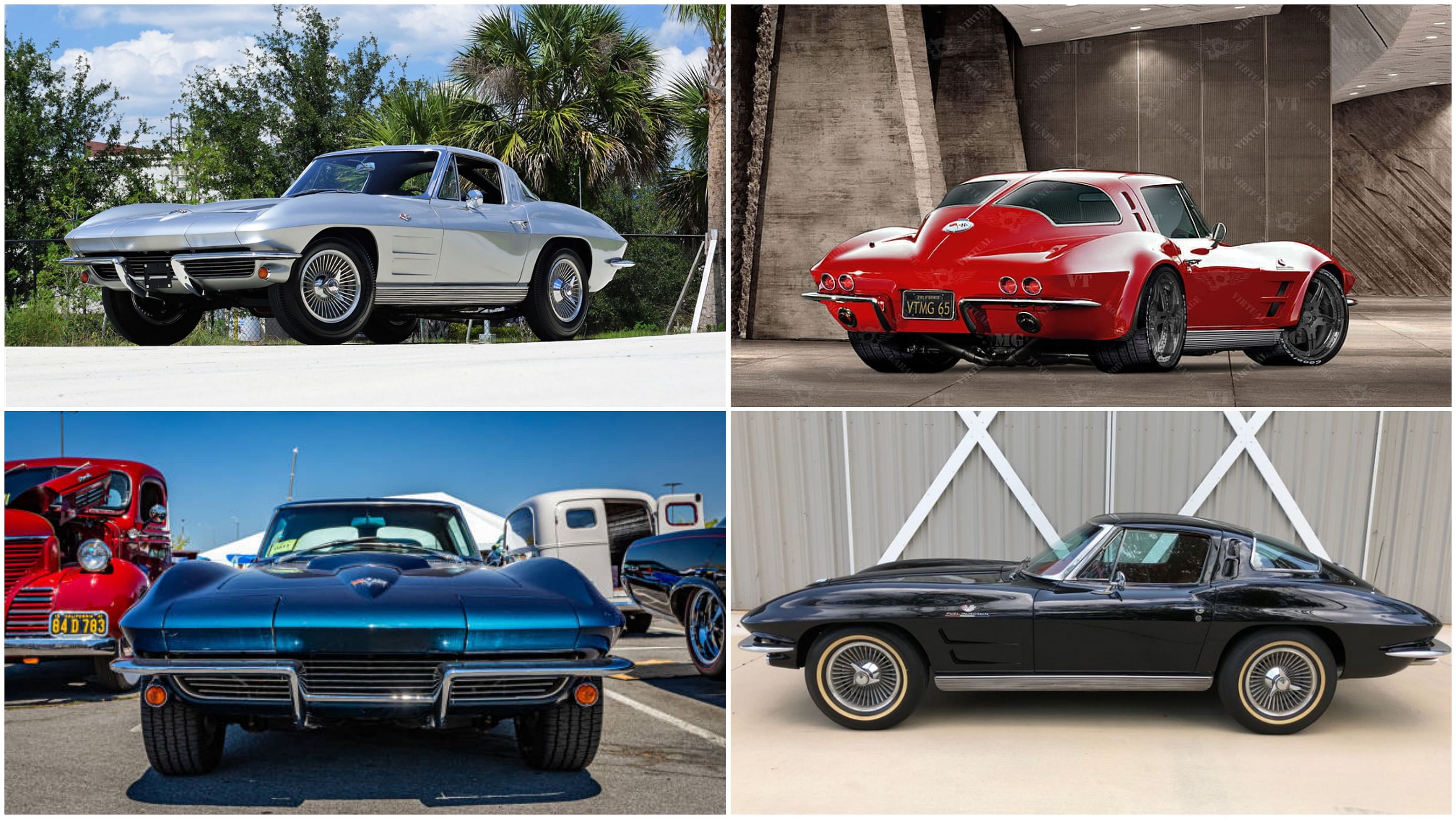
The 1963 Corvette Stingray marks the start of Chevrolet US Corvette’s second generation (C2). Two GM initiatives, the Q-Corvette, and Bill Mitchell’s racing StingRay had an impact on it. While engineers investigated mid and rear-engine possibilities, the design team drew inspiration from vehicles on display at the 1957 Turin Auto Show. Even after the Q-Project was shelved, the concept of a more modern, smaller Corvette that was exclusively available as a coupe survived. The XP-720 development program wanted to improve driving performance, luggage capacity, and passenger comfort. Wind tunnel testing, a first for the Corvette, helped define the Stingray’s characteristic split-window design. A powerful and aerodynamic car was developed by the design team and engineer Zora Arkus-Duntov. The 1963 Corvette Stingray was a watershed moment in the growth of the Corvette, showing revolutionary features and a distinct design. Its status as a treasured classic in automotive history was laid forth as a result of large amounts of planning and testing.
A Grave focus on the “ Split Window “ of the 1963 Corvette Stingray

The eye-catching “split window” design of the 1963 Corvette Stingray is well known. This distinguishing feature set it distinctive from other automobiles of its era, with a clear vertical bar running down the middle of the rear windshield. The Abarth 750 Streamliner and Alfa Romeo Disco Volante displayed at the 1957 Turin AutoShow, as well as Bill Mitchell’s concept art, served as inspiration for the split window design. The split window presented a practical problem even if it offered a touch of exclusivity and attracted attention everywhere it went. Some drivers considered the split rear window to be troublesome because it restricted their rearward visibility. Due to General Motors’ decision to stop producing the split window design after the 1963 model year, the split window 1963 Stingray has become a collectible icon. Despite the final removal of the split window, the 1963 Corvette Stingray offered a lot more. Inside and out, it had aerodynamic improvements, with a fiberglass body and a reinforced steel girder for increased strength and lighter weight. The strengthened frame made the cockpit roomier and safer.
About its Engine
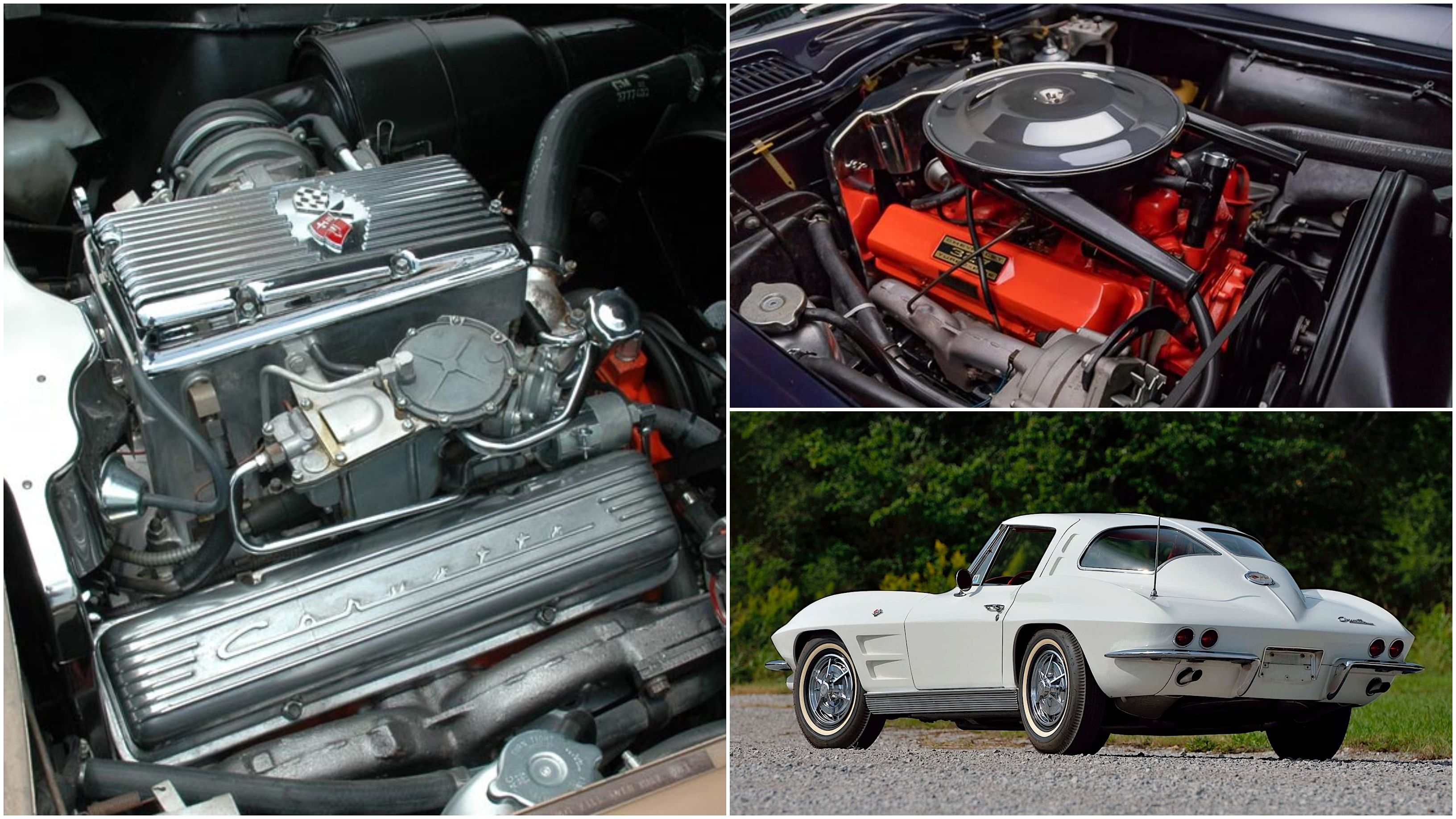
The Stingray was powered by a strong V8 engine with 356 horsepower and 352 lb-ft of torque. It had a variety of gearbox choices, including automatic and manual. The Stingray became popular right away thanks to its performance and eye-catching look.
Final Thoughts
The 1962 Corvette Stingray was an automotive game-changer. It grabbed aficionados with its svelte appearance, strong V8 engine, and cutting-edge technologies. It instantly became a classic when the recognizable split rear window was added. Although the split window design had some shortcomings, it is nonetheless regarded as a timeless example of automotive elegance. The Stingray has cemented its status as a classic American sports vehicle in history because of its performance and ageless appeal. Its history endures, and it is still prized by collectors and loved by everyone who values the renowned car’s beauty and craftsmanship.
